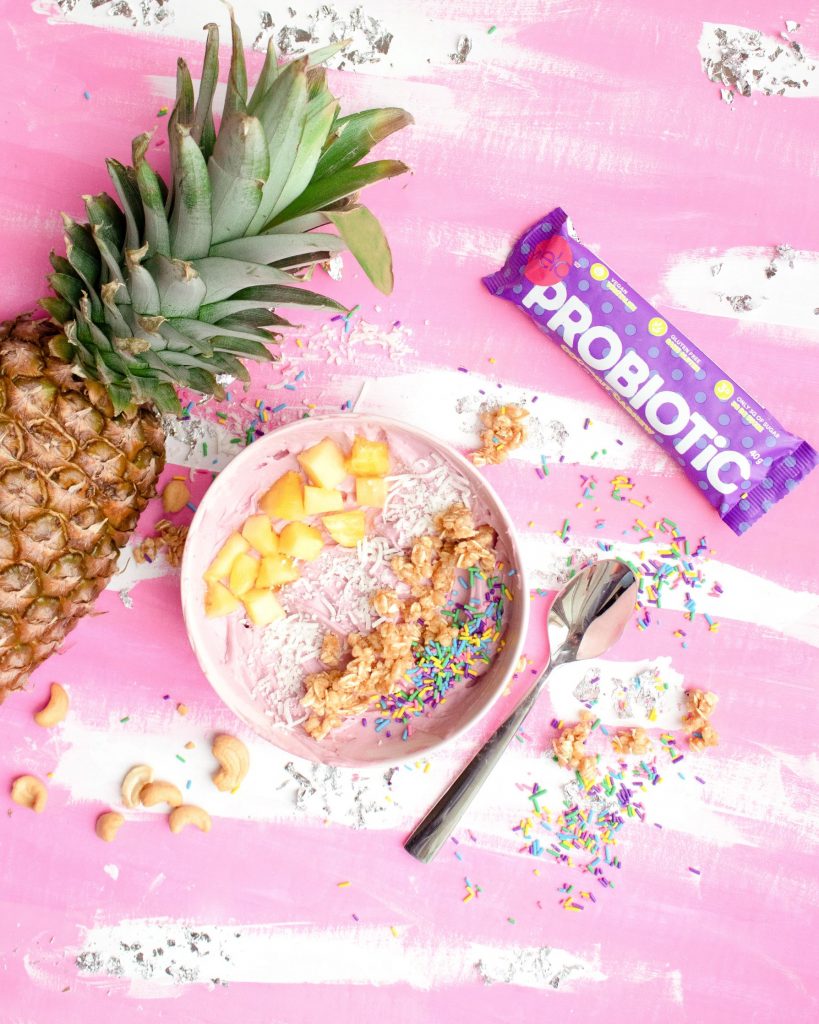
Eight proven Probiotic foods |Super Foods having probiotic values
Key Highlights
- Probiotics are good microbes that live in your body.
- They inhibit the growth of bad microbes.
- Also assist with digestion, nutrient absorption and vitamin production.
- Probiotics affect the health of the immune system.
- Different probiotics have different effects on your health.
- The key to a healthy microflora is to maintain a healthy population of a diversity of good microorganisms.
Probiotic foods |Fermented Foods |super Foods
Fermented foods contain live bacteria that function as natural probiotics a food-based way to replenish the healthy bacteria in the Gut. Significantly, every culture in the world seems to have its own fermented foods, suggesting how crucial they are to our health. There are literally hundreds of fermented foods and beverages with origins in cultures the world over.
Fermented foods take many forms – pastes, seasonings, condiments, curries, stews, pickles, and even candy. They can be fried or boiled or sometimes candied. They can be eaten in main dishes, side dishes, salads, or desserts. Fermented drinks can be alcoholic, such as beer and wine, or nonalcoholic, such as certain teas, vinegar-based drinks, or buttermilk.
Definition of Probiotic or How to qualify a food as probiotic
In October, 2001, an Expert Consultation meeting convened by the Food & Agriculture Organization (FAO) and World Health Organization (WHO) defined probiotic as “live microorganisms which when administered in adequate amounts confer a health benefit on the host.”
WHO
Probiotic definition has the following characteristics:
- Probiotics must deliver a measured physiological benefit, substantiated by studies conducted in the target host.
- Probiotics should not be restricted to food applications or oral delivery.
- A definition of probiotics should not limit the mechanism of action.
- Probiotics must be alive.
Eight Probiotic super foods
These are all-star players worth getting to know for their immune-boosting probiotic bacteria and nutritional benefits.
1.Yoghurt
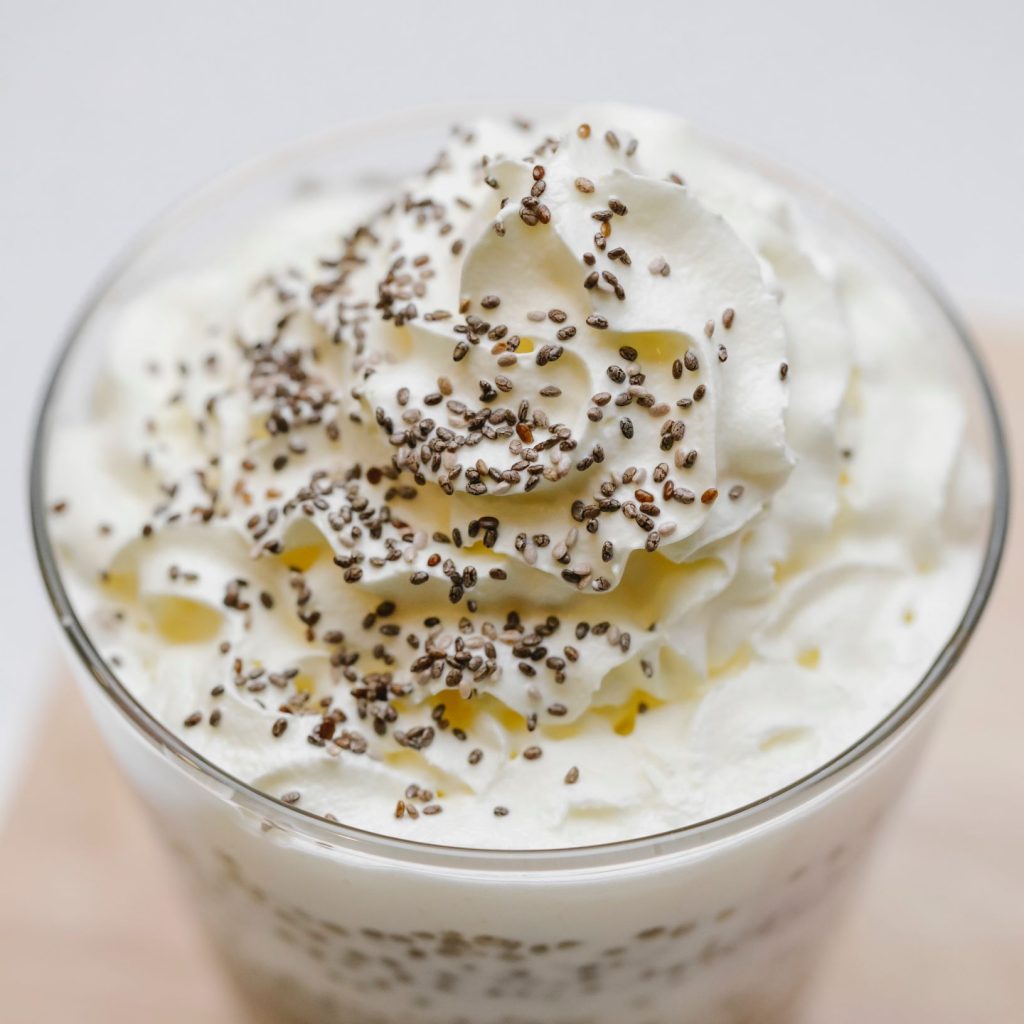
Made from milk fermented with the lactic acid bacteria L. acidophilus, yogurt is the most frequently Consumed probiotic food.
Key culture :Streptococcus thermophilus and Lactobacillus delbreckii subsp. bulgaricus .Bifidobacterial are also sometimes added to improve both taste and digestibility.
Key benefits : Yogurt is high in protein, calcium, riboflavin, and B vitamins. The probiotics present in yogurt have been found successful in treating diarrhea caused by antibiotics .This is due to fact they are able to replace some of the good bacteria in the gastrointestinal tract that are often unintentionally destroyed by the antibiotic.
2. Kefir
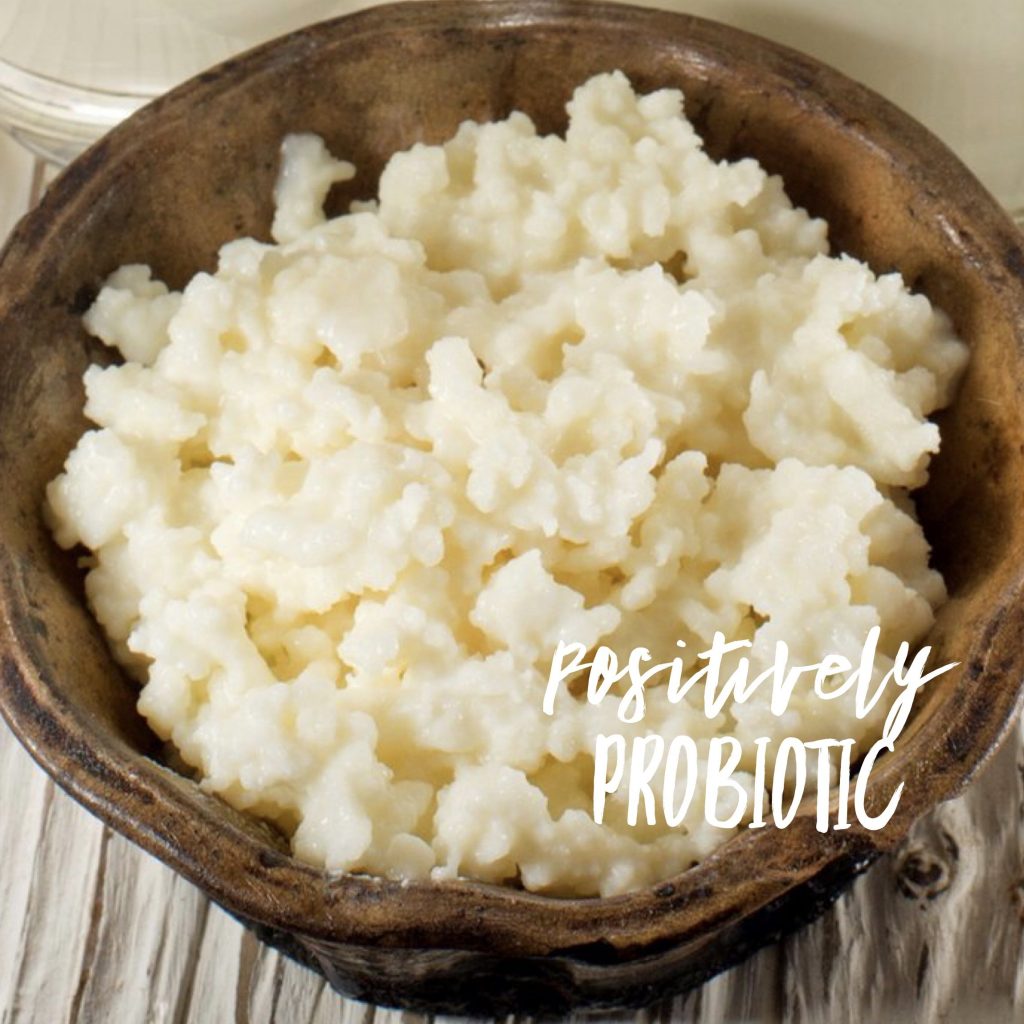
Originating in northern Russia in the early 1900s.kefir is a milk product made from kefir grains, which are composed of colonies of live lactobacillus bacteria and yeasts bound together in a symbiotic relationship and fermented at room temperature. Kefir is created in a similar process to yogurt and has a similar tart flavor and creamy consistency. It is more healthful than its commercial counterpart because of its beneficial bacteria.
Key Cultures :Lactobacillus kefiri, Lactobacillus kefiranofaciens, Saccharomyces kefiri
Key Benefits :These microorganisms predigest the kefir, enhancing it with vitamins and minerals, which then require less effort for our digestive tract to metabolize. They also digest lactose in milk during fermentation, because milk contains the enzyme lactase, making kefir ideal for those who are lactose intolerant. Kefir even possesses natural antibiotics. It is rich in vitamins B1 and B12, calcium, folic acid, phosphorus, and vitamin K.
3.Sauerkraut
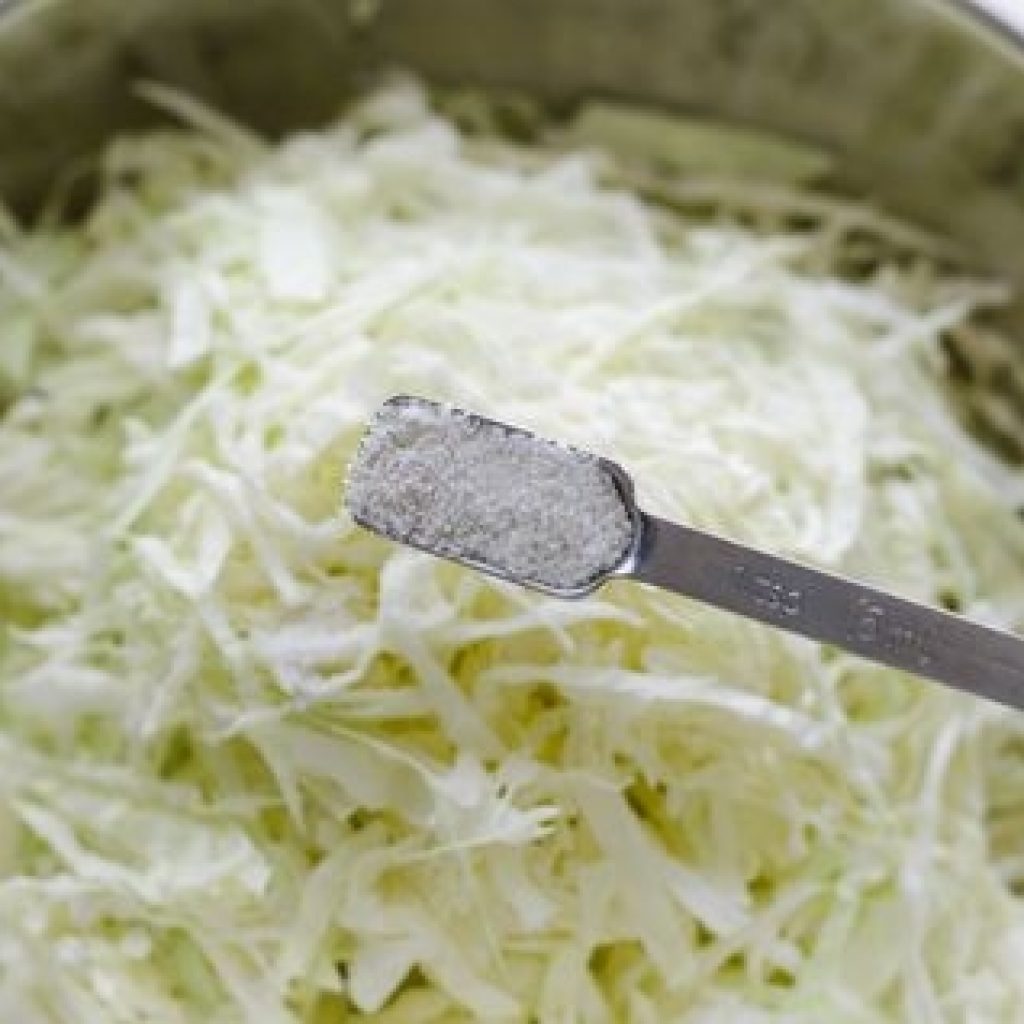
Sauerkraut is one of the oldest fermented foods and today is eaten mostly in Germany, Russia, and eastern Europe. It can be made with white or red cabbage, and traditionally only has salt added. Originally discovered as a healthful therapeutic aid for the digestive tract, sauerkraut is still used for its digestive enzymes, probiotic bacteria, lactic acid, vitamins, and minerals.
It is often eaten with meats to aid in their digestion by providing its own enzymes to help break down the meat and to engage stomach acid. Even fresh cabbage will naturally ferment without adding fermenting bacteria to it because it contains its own healthy bacteria. These healthy bacteria eat the cabbage and give off lactic acid, which in turn makes the sauerkraut sour and kills pathogenic bacteria.
Key Organisms :Leuconostoc mesenteroides ,Leuconostoc fallax,Lactobacillus plantarum,Lactobacillus brevis,Pediococcus pentosaceus
Key benefits :Eating sauerkraut will boost your immune system through its high vitamin C content and helps in cancer-fighting antioxidants. Sauerkraut also contains large quantities of acetylcholine, which helps lower blood pressure and slows heartbeat, thus promoting a sense of calmness important for restful sleep. It has also shown beneficial effects on peristalsis, which ensures gastric emptying and regular bowel movements.
4.Kimchi

Kimchi is another form of cabbage that undergoes lactose-fermentation and can take up to a year to ferment fully. It is the national dish of Korea and dates back to the seventh century. The average Korean eats around 40 pounds (18 kg) of kimchi every year. Kimchi is believed to have helped keep obesity rates lower in Korea than other countries because of its low calorie count.
Key Organism :Leuconostoc mesenteroides,Leuconostoc kimchii,Leuconostoc gelidum,Leuconostoc inhae,Leuconostoc citreum,Lactobacillus plantarum ,Lactobacillus brevis ,Lactococcus lactis,
Weissella kimchii
Key Benefits It possesses anticarcinogenic effects and is packed with vitamin A, thiamin, riboflavin, calcium, and iron.
5.Miso
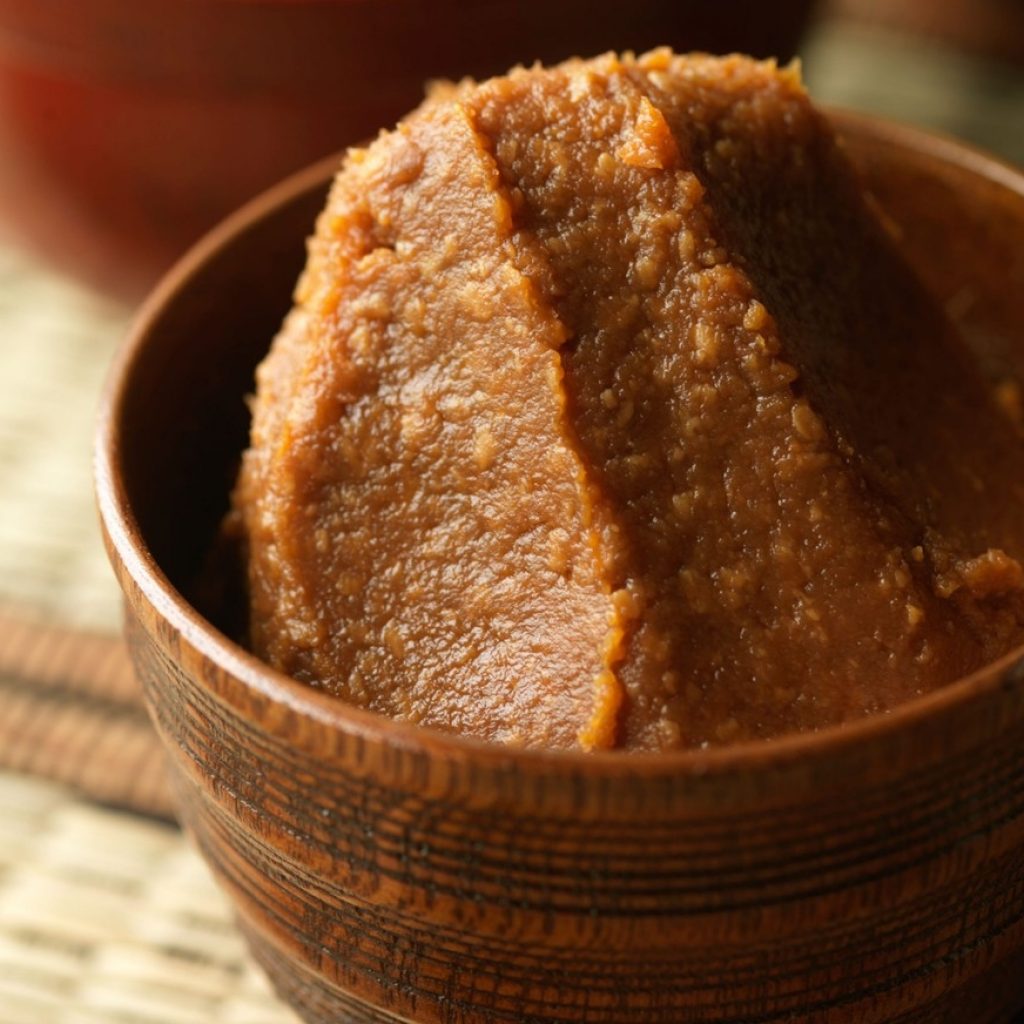
Miso is a traditional Chinese paste from the third century BC that is commonly used as a seasoning and in soups. To make miso, soybeans are soaked, cooked, mashed, and hung to ferment for about a month until they have been completely overgrown with Aspergillus oryzae mold. It is then placed in salt brine, covered with a lid, and allowed to sit undisturbed under moderate temperature. This allows the fermenting process to begin and produces an amino acid–rich paste with a savoury and salty flavour.
Key Culture used :Bacillus subtilis var.natto
Key benefits :Miso contributes essential amino acids .It gives probiotics, vitamin B12, and antioxidants to the foods it flavours. Various studies have suggested that these nutrients help protect against radiation, breast cancer, and pathogen infection.
6.Tempeh

Tempeh is a two-thousand-year-old Indonesian fermented food that’s often used in place of meat. Made by culturing partially cooked soybeans with Rhizopus oligosporus mold .
The soybeans are soaked for thirty-six to forty-eight hours in the starter mold, which results in an acidic pH that inhibits many detrimental organisms . This produces a somewhat nutty flavor and a texture similar to a chewy mushroom as it goes through the fermentation process. Then the surface is dried, inhibiting putrefying bacterial growth.
The mold proliferates rapidly at high temperatures that other pathogenic bacteria and non desirable mold could not thrive in. The beneficial mold also produces natural, heat-stable antibiotic agents against some disease-causing organisms. Unlike other fermented foods, however, tempeh must be cooked. It rids it of more undesirable microorganisms.
Key Benefits :Fermented soybeans in tempeh contain vitamin B12, a by-product of the fermentation process. This is important, especially for vegans and vegetarians who are often deficient in B12.The deficiency which can lead to anemia and irreversible nerve damage. B12 is also a necessary vitamin for pregnant and lactating women.
Tempeh is high in fiber, enzymes, manganese, and beneficial bacteria .It is a good digestible protein source and it’s a great meat substitute .It is high in protein. Also an excellent source of calcium and plant protein, containing all of the essential amino acids.
7.Natto

It is a traditional Japanese food made from soybeans sprinkled with Bacillus subtilis bacteria and soaked for twenty-four hours. It dates back to over a thousand years ago, when it became a popular Japanese staple. it has a strong, nutty, salty flavour, and a pungent Odour.
Key benefits :Nutritionally, natto has a lot to offer. It is a rich source of protein, containing as much as in a similar amount of beef. It is high in vitamins K,B2, and E, as well as antioxidants, particularly selenium. Natto also contains an enzyme called nattokinase, which is produced during the fermentation process. Nattokinase has been shown to have anti-inflammatory health benefits .The enzyme also helpful in preventing and treating blood clots. It works by breaking down fibrin, a protein that in excess can contribute to heart disease, stroke, poor circulation, and slow tissue repair.
8.Kombucha

Hailed as an elixir of life, kombucha is a fermented mushroom tea relied on both as a medicinal beverage and as a generally healthful concoction.
Key benefits :The first recorded use of kombucha comes from china in 221 BC where it was called “immortal Health elixir.” It is filled with enzymes and amino acids that inhibit pathogenic activity while fortifying the gastrointestinal tract.
It destroys toxins found in the body using glucaric acetate, a process that also helps engage the stomach during digestion and aids the absorption of key nutrients.
It also provides antioxidants and helps maintain the pH in the body, both of which contribute to its positive effect on our immune system.